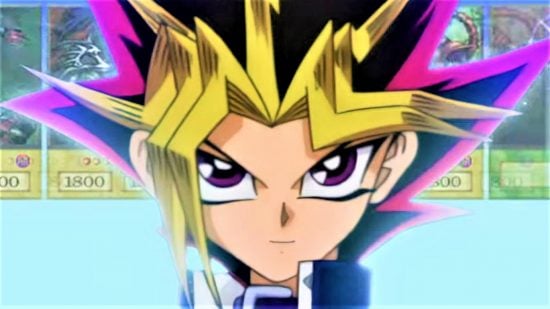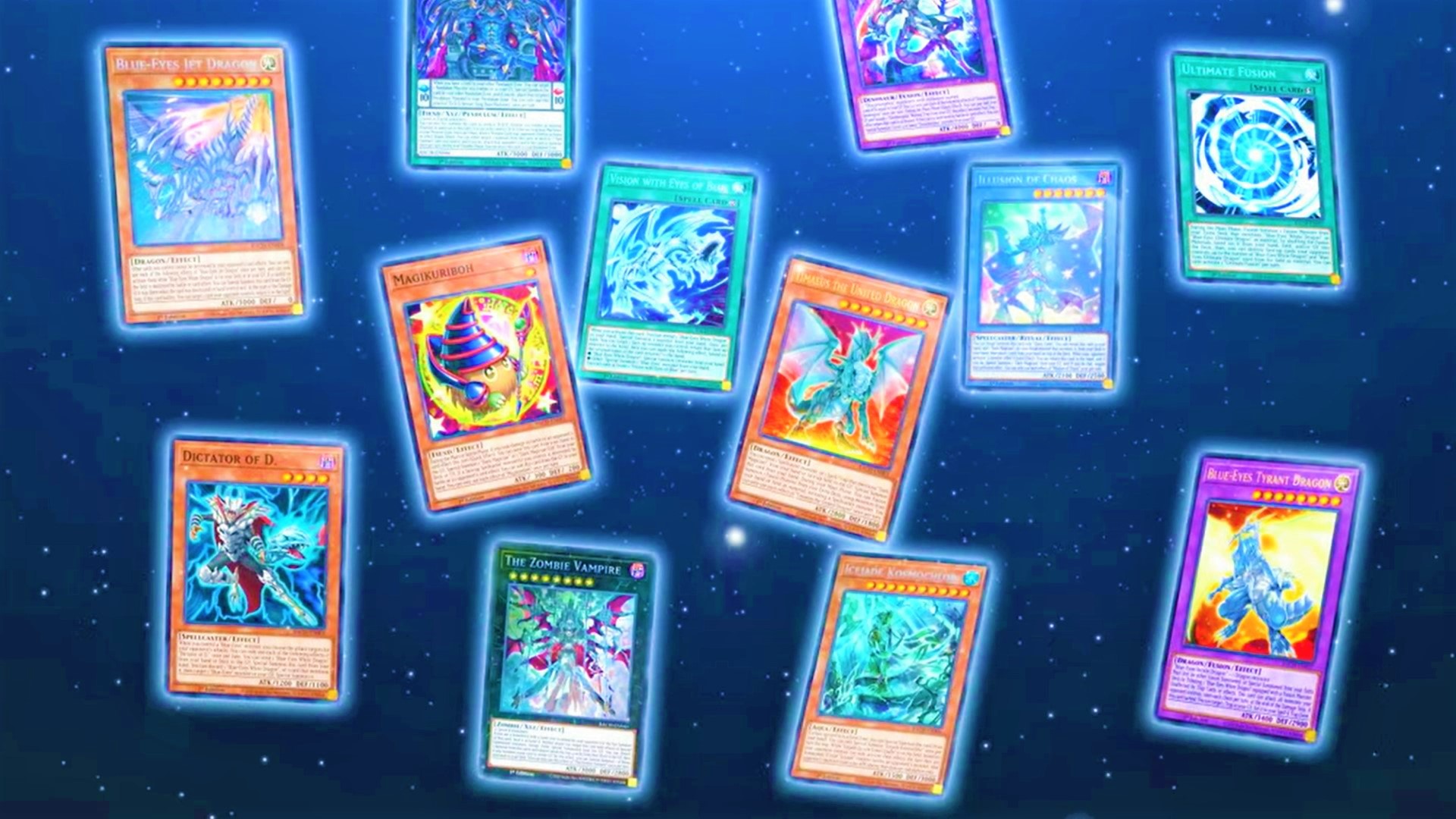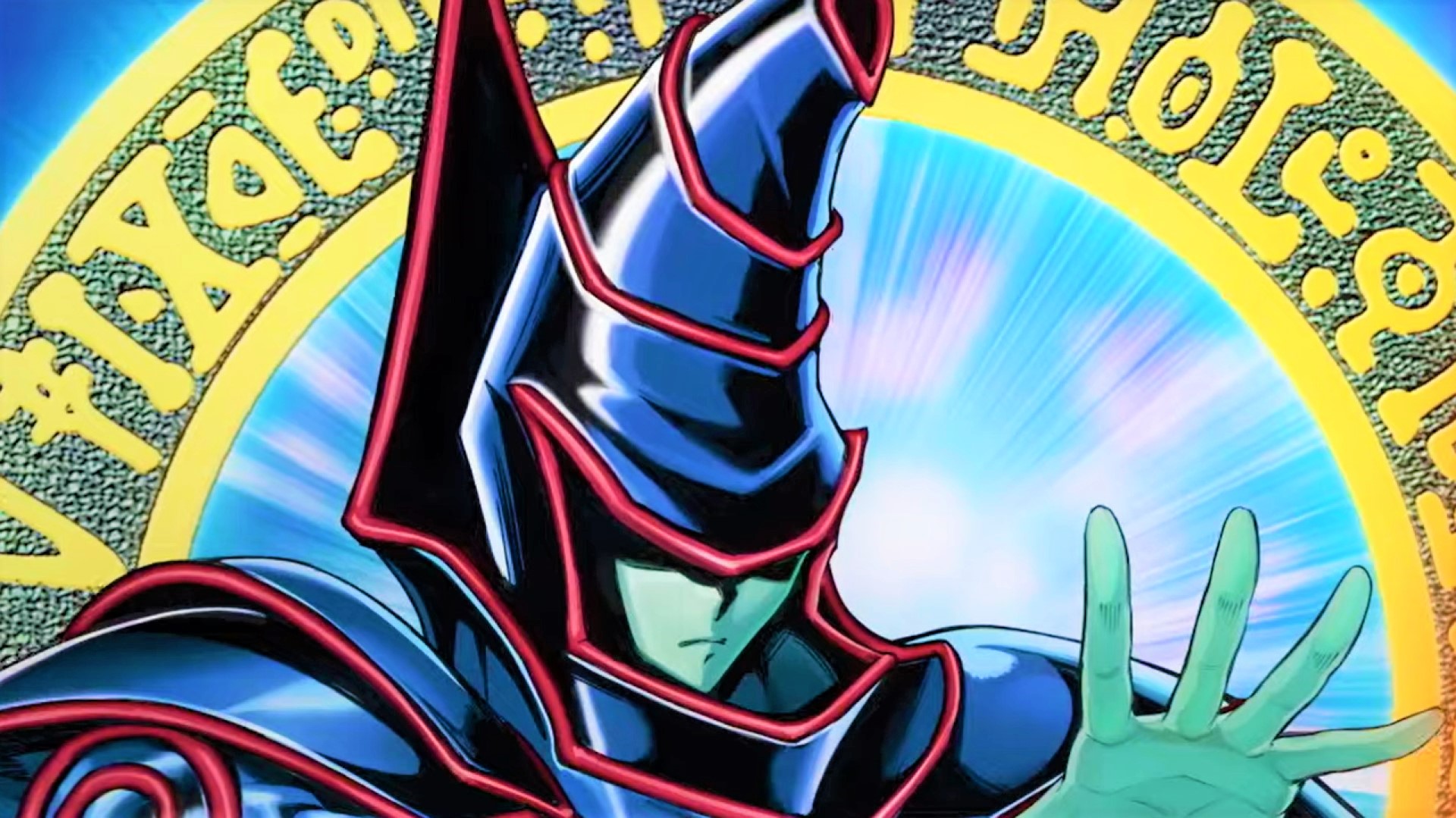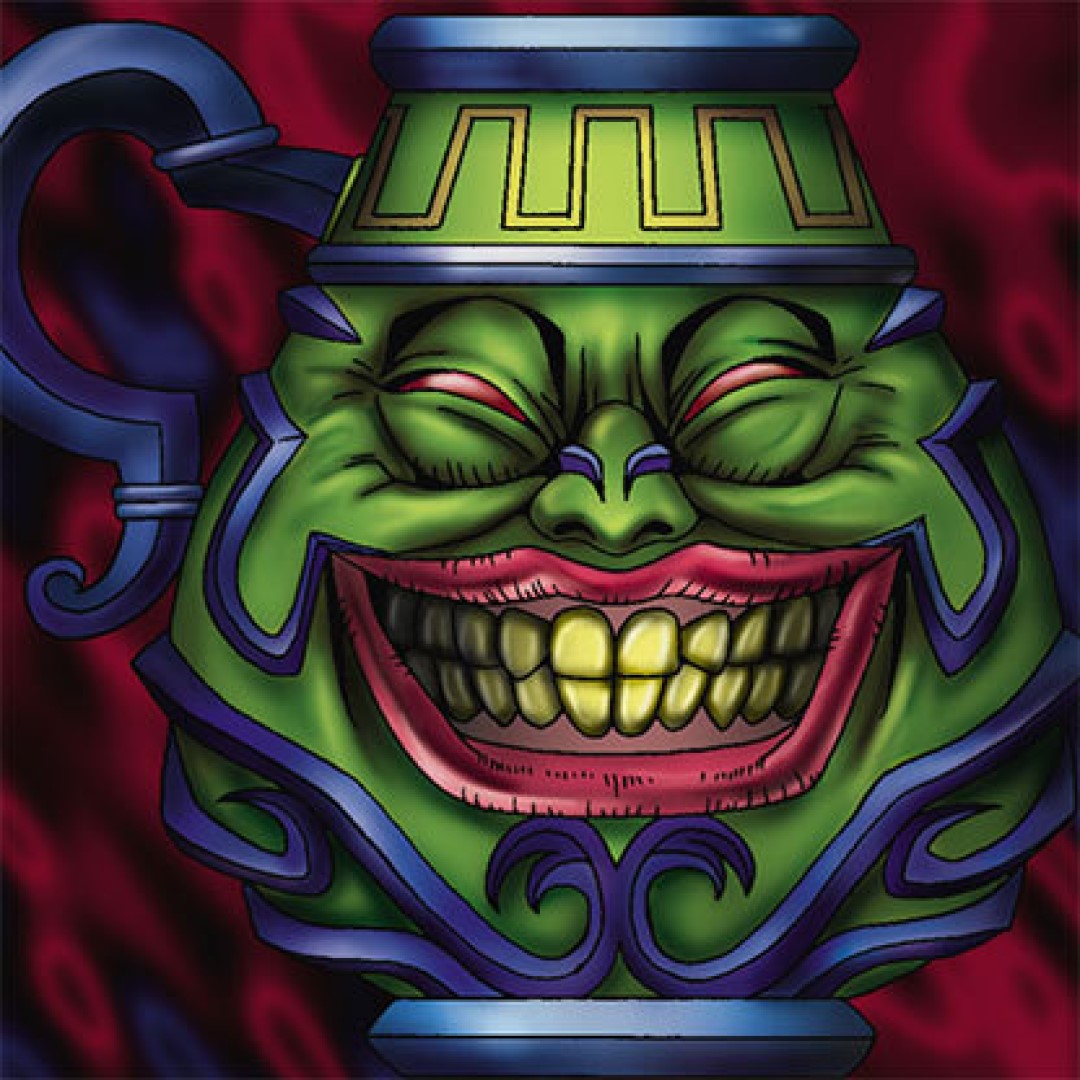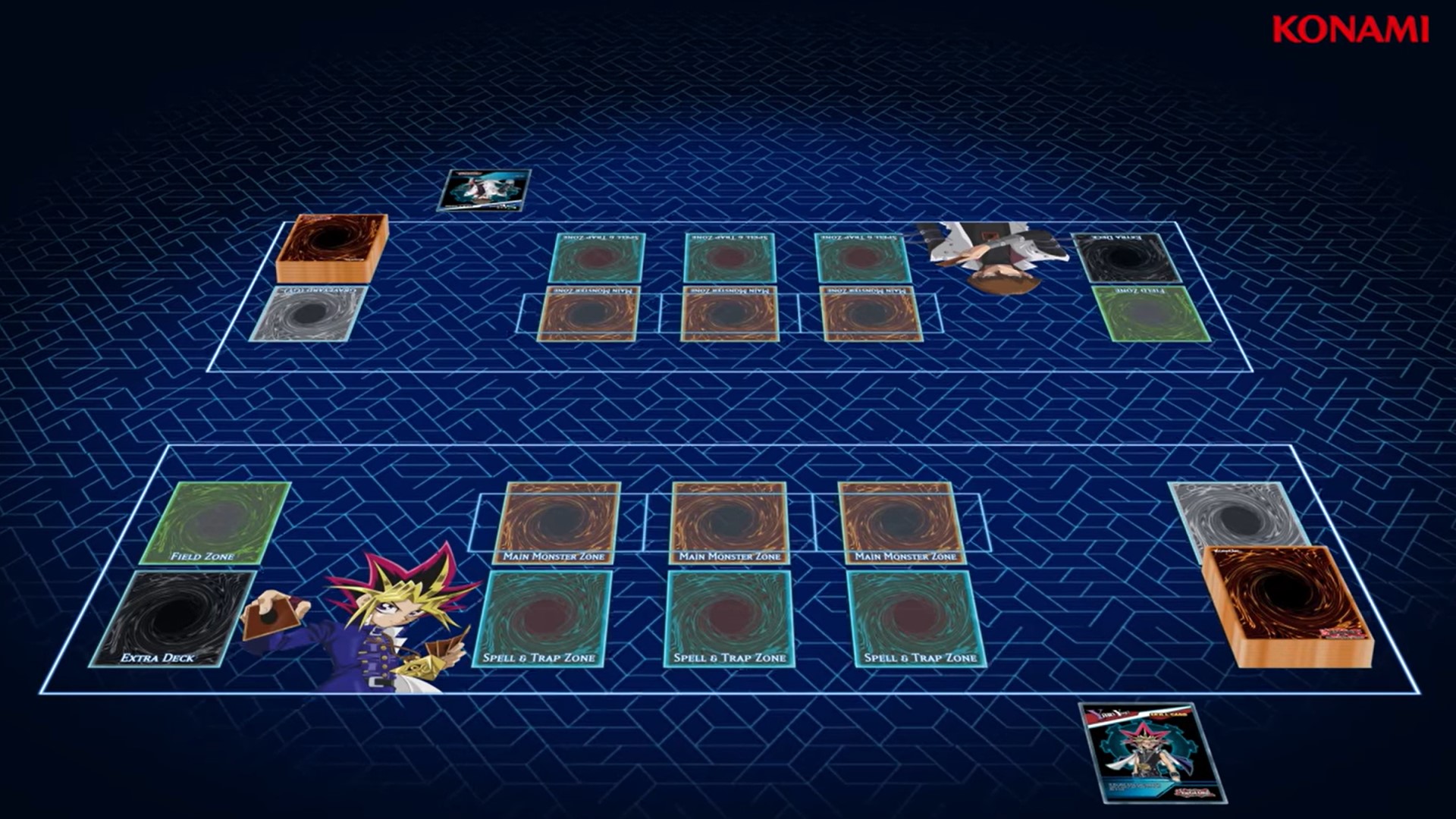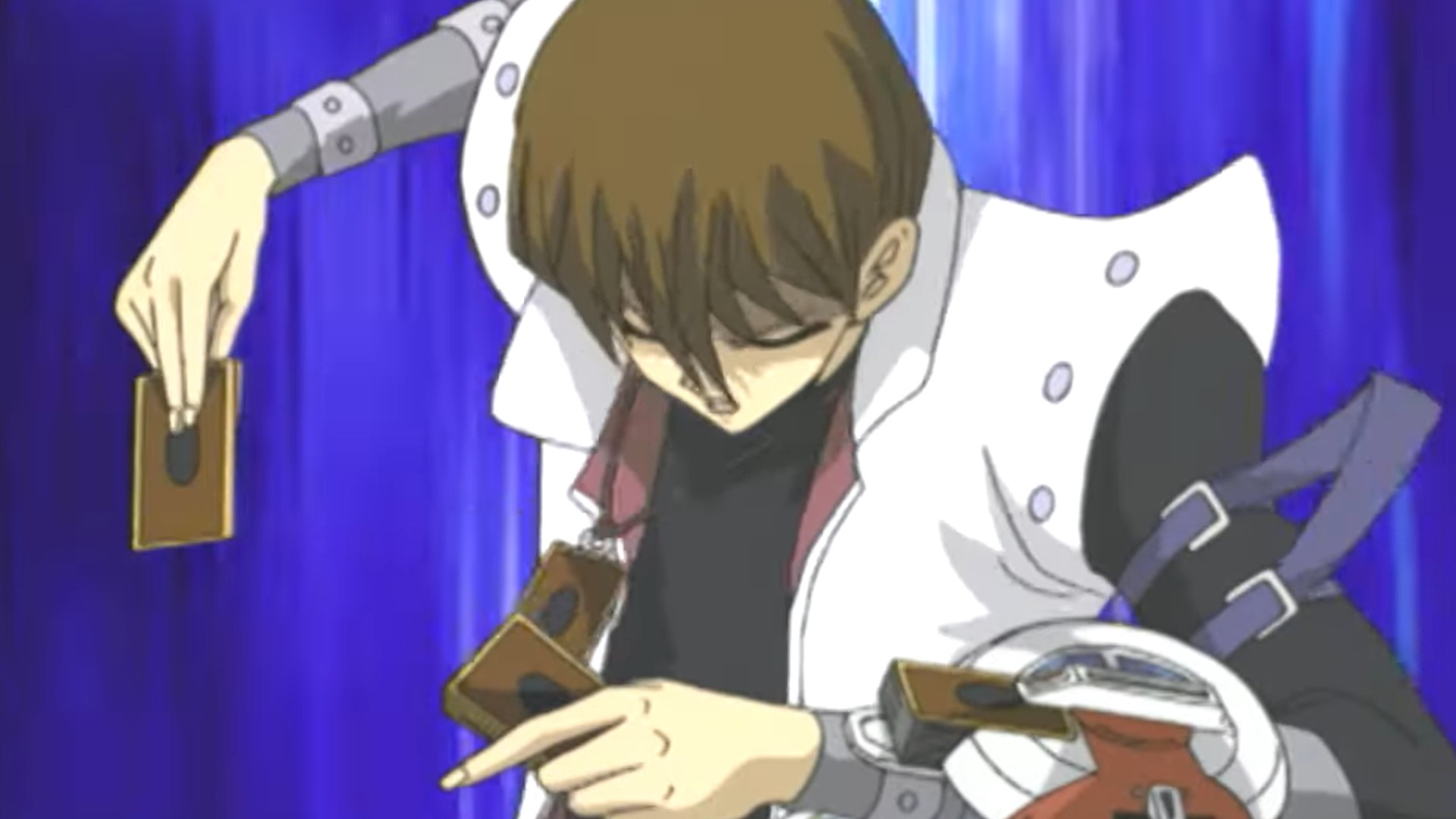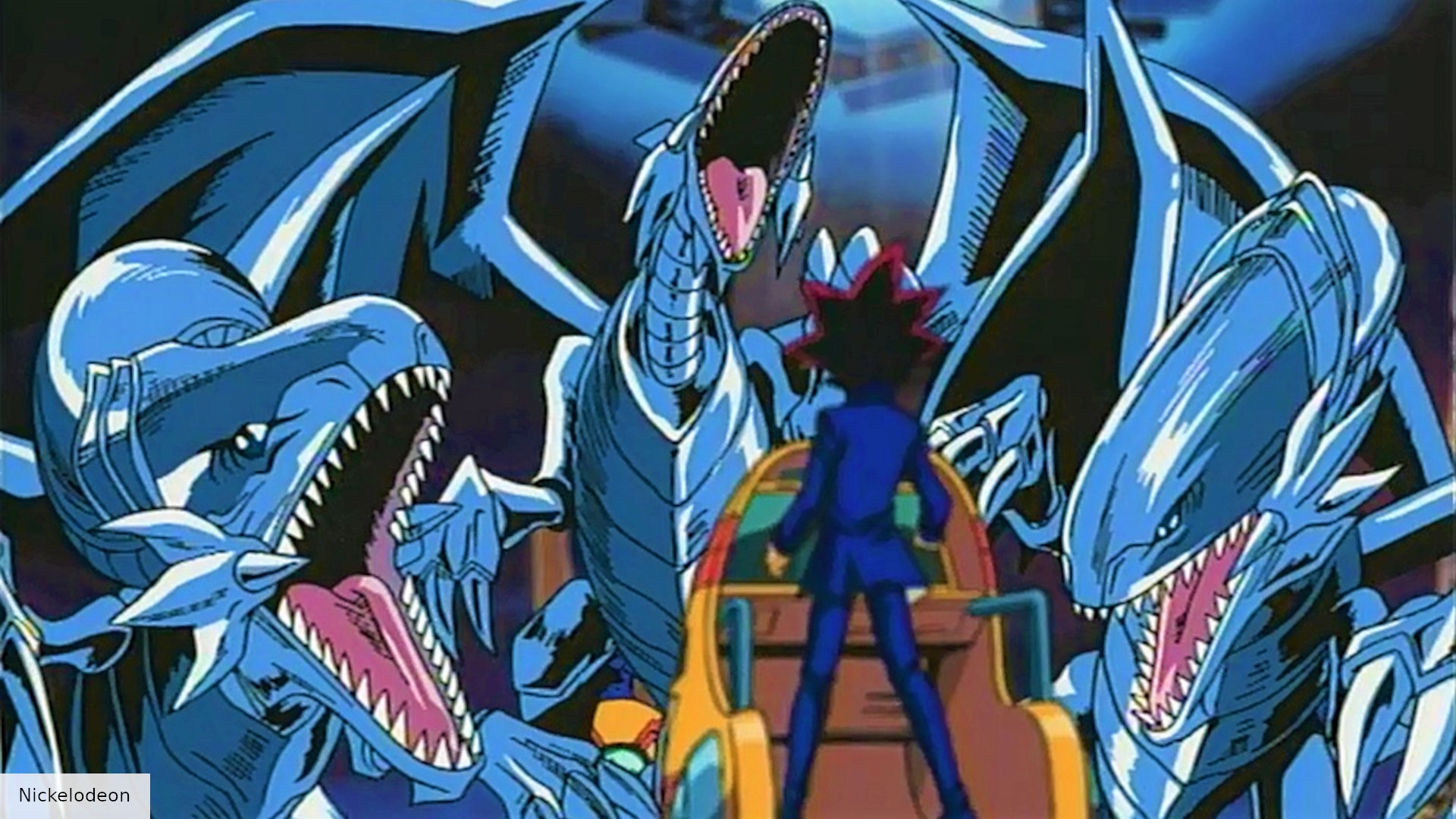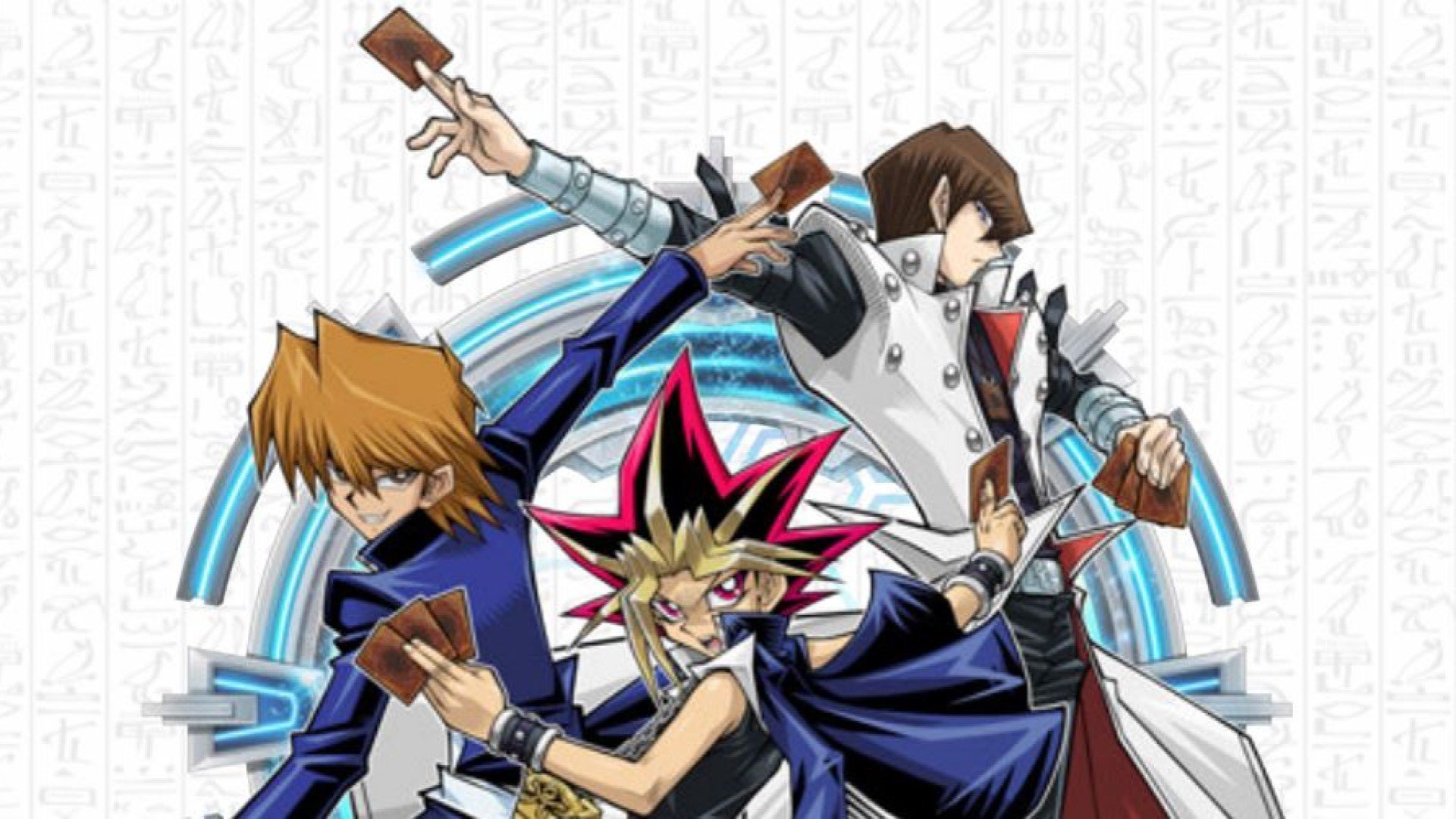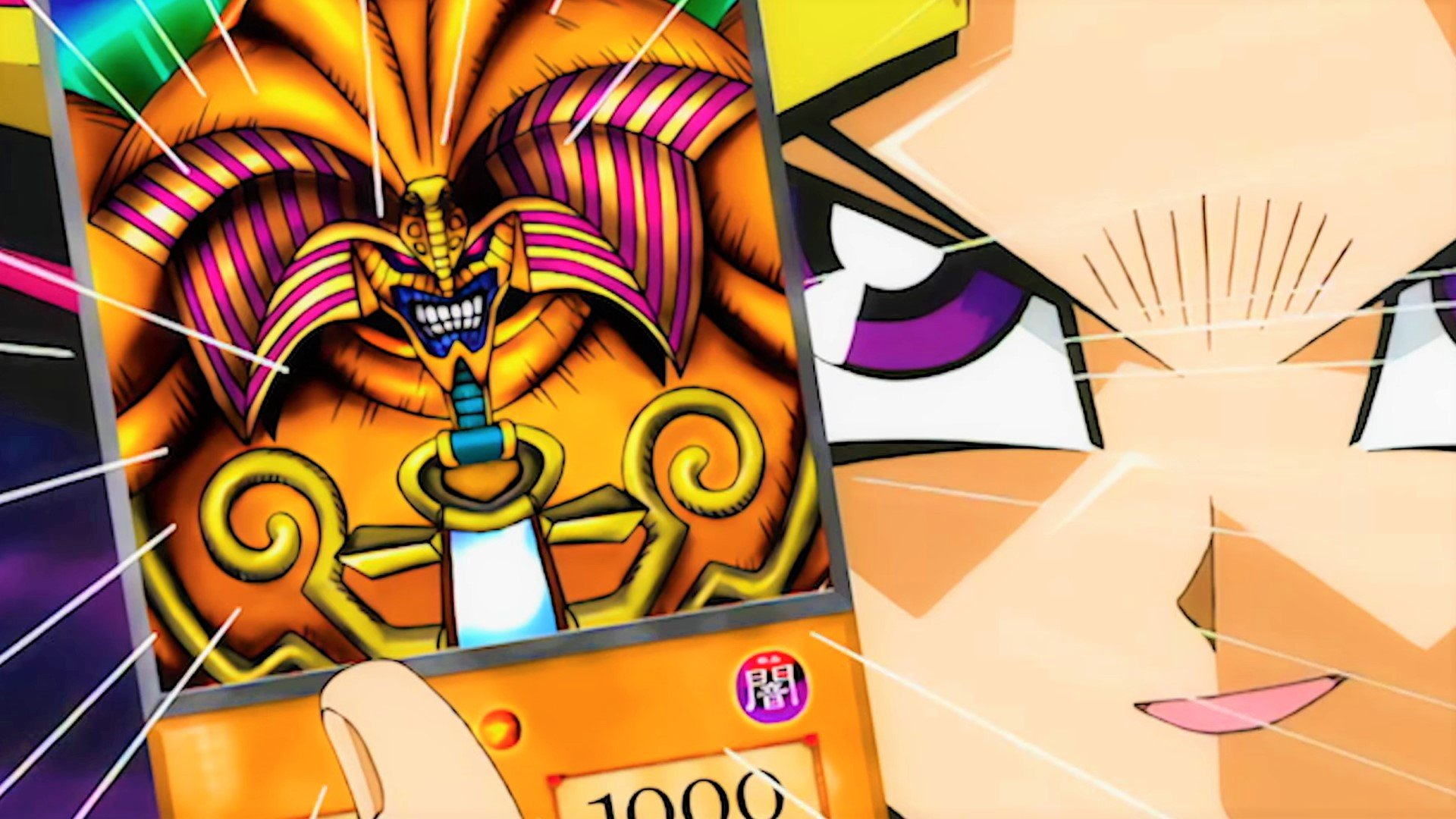Ever wondered how to play YuGiOh? Every budding duelist has to start somewhere. The Yu Gi Oh trading card game first appeared on shelves in 1999, and it’s kept growing since then. With new cards being released, banned, and combined in fresh decks all the time, learning to play your very first game can feel like a tall order.
Before you start worrying about hunting the most expensive YuGiOh cards, the best Yugioh Master Duel meta decks, or where to find the Yugioh banlist, you’ll need to know the basic YuGiOh rules. We’ve condensed these into a beginner-friendly guide that’ll show you how to sort your Ritual monsters from your trap cards in no time.
So, what are we waiting for?
Here’s how to play Yugioh:
What’s in a YuGiOh deck?
We have a dedicated guide on how to build a Yugioh deck, so head there for a full walkthrough, but here’s the basic requirements to learn.
Your main YuGiOh deck includes 40 to 60 cards. It’s recommended that you keep your deck as close to 40 cards as possible to ensure you’re more likely to draw the ones you need, but 60 cards is the maximum allowed.
As well as a main deck, you also have an extra deck and a side deck. The extra deck is made up of Xyz monsters, Synchro monsters, and Fusion monsters (we’ll explain each of these later). Meanwhile, the side deck includes any cards you’d potentially like to swap into your main deck during a Yu Gi Oh match; they can be exchanged with any card from the main deck or the extra deck in between matches.
You don’t have to have an extra deck or a side deck if you don’t want to. However, should you choose to use them, each can have a maximum of 15 cards.
Typically you’re allowed three copies of any one YuGiOh card in these decks. This rule changes if a card is included in the YuGiOh banlist – you can only have one copy of a Limited card, and only two copies of a Semi-limited card are allowed.
That’s the cards in your deck, but the official YuGiOh rules suggest a few other items you might need during play. These are:
- A coin
- A six-sided die
- Counters
- Monster tokens
- A calculator for life points
- Card sleeves to protect your cards
- A game mat to organise your cards during play
YuGiOh card types
In YuGiOh, a card’s type can mean two different things. The three card ‘types’ are monster, spell, and trap, while card ‘Types’ refer to different monster card characteristics. As this is a beginner’s guide, we’ll be focusing on the core three YuGiOh card types here.
Monster cards
Monster cards are YuGiOh’s bread and butter, as they’re used to battle during a duel. Monster cards typically have some or all of these key characteristics:
- An attribute (e.g. Dark, Earth, or Fire)
- A level (stars in the top-right showing how powerful the card is)
- A description (which might include special abilities)
- Attack (ATK) points (how much damage they deal)
- Defence (DEF) points (how much damage they can take)
YuGiOh has many different sub-categories of Monster cards. These are:
- Normal monsters – Basic monsters with no special abilities
- Effect monsters – Monsters that do have special abilities
- Link monsters – A monster that can increase the number of monsters summoned from your extra deck and can change where you place them on the field
- Pendulum monsters – Monsters that can be also activated as spell cards and allow you to Pendulum summon
- Xyz monsters – A monster that is summoned through an Xyz summon
- Synchro monsters – Monsters that are Synchro summoned
- Fusion monsters – Powerful monsters summoned with specific monsters and a summoning card
- Ritual monsters – Monsters summoned with specific Ritual spell cards and ‘tributes’
Spell cards
Spell cards are typically played in your main phase, and they activate various effects. Like the effects found on effect monster cards, spell cards have different types:
- Continuous – Active while they’re face-up on the field
- Normal – Single-use cards that go to the graveyard after they resolve
- Ritual – Used for Ritual summons
- Equip – Give face-up monsters an additional effect
- Field – Stay active in the field zone (only one can be active at a time)
- Quick-play – Can be activated during any phase of your turn, and can be played in an opponent’s turn if you ‘set’ them face-down on your turn first
Trap cards
Trap cards also trigger unique effects, but you can activate them during your opponent’s turn. While spell cards can be played face-up or face-down, traps are usually played face-down. Once a trap is set, you can’t activate it in the same turn.
Normal trap cards have single-use effects, while Continuous ones stay on the field after activation and continue affecting play. Counter trap cards are usually used in response to other cards, e.g. to negate something.
Yugioh field layout
The YuGiOh field layout is organised into seven different zones:
Main monster zone
Up to five monster cards can be played here in three possible positions – face-up attack, face-up defence, and face-down defence. Defence is shown by playing a card sideways.
Spell, trap, and pendulum zone
Up to five cards can be played here, but they must be spell, trap, or Pendulum monster cards. Playing them face-up activates them, while face-down ‘sets’ them.
Graveyard
Where you send all your destroyed monsters and used-up spells and traps.
Deck
Where you keep your main deck (face-down).
Field zone
One active field spell card can be played here. If you want to play another, you’ll need to replace it.
Extra deck
Where you keep your face-down extra deck.
Extra monster zone
Where you’ll play a monster that’s been summoned from the extra deck.
YuGiOh turn phases
There are up to six YuGiOh turn phases in your turn:
Draw phase
The current player draws a card from the top of their main deck. Trap cards or quick-play spell cards can be played here. Note that, if this is the first turn and you are the first player, you can’t draw a card in this phase.
Standby phase
Some cards may activate or require a cost to be paid in this phase. Even if they don’t, this phase can still be used for trap cards and quick-play spell cards.
Main phase one
In this phase, you can:
- Summon or set a monster
- Change your monsters’ battle positions (e.g. from attack to defence)
- Activate spell and trap cards
- Set spell and trap cards
You can change the position of each monster you control once per turn. The main exception is for monsters you summoned on the same turn; these can’t be moved.
Summoning monsters
There are a lot of ways to summon monsters in YuGiOh. Here’s a brief summary of each:
- Normal summon – Play a monster card from your hand in a face-up attack position
- Normal set – Play a monster card from your hand in a face-down defence position (isn’t considered summoned until it’s flipped)
- Tribute summon – If you want to play a level five or six monster, ‘tribute’ (send to the graveyard) one creature you control; for level seven or higher, tribute two monsters
- Tribute set – The same as a tribute summon, but you play the monster in a face-down defence position
- Flip summon – Change a face-down monster into a face-up attack position
- Special summon – Includes all summon types that aren’t ‘normal’ (e.g. Pendulum, Xyz, and Ritual summons), as well as monsters with unique special summon conditions or monsters summoned with another card’s unique effect
You can normal summon or normal set once per turn (including tribute summons), and you can’t flip summon a monster on the same turn it was set. You can flip summon or special summon cards as many times as you want during your turn.
And now, how each of the special summons works:
- Link summon – Send a number of face-up monsters with the right material requirements from the field to the graveyard to pay for a Link monster’s Link Rating
- Pendulum summon – Activate two Pendulum monsters in the far left and right of the spell/trap zones, and then summon as many monsters as you like that have levels between the ‘scales’ on the Pendulum monster cards
- Xyz summon – Stack the ‘materials’ specified by the card you’re summoning, and put the Xyz monster on top face-up
- Synchro summon – Send a ‘tuner’ monster and any other monster with the combined levels you need to the graveyard to summon a Synchro monster
- Fusion summon – Send the specific monsters listed on the card to the graveyard along with the required summoning card
- Ritual summon – Send the specific ritual spell card and monster tribute to the graveyard to summon a Ritual monster
Battle phase
Now the monsters fight! If you’re the first player and this is turn one, no battle takes place. After that, they can happen any turn, but you don’t have to initiate a battle.
Here’s how a YuGiOh battle goes:
- Start step – Announce the phase
- Battle step – Choose one attacking monster and one opposing monster as a target (or attack directly if there are no monsters)
- Damage step – Calculate the results of an attack
- Return to battle step – Each face-up attack position monster can attack once per turn, so you declare, resolve, and calculate damage for each you’ve chosen to attack with before moving onto the end step
- End step – Announce the end of the battle phase
Trap cards and quick-play spell cards can still be activated in this phase.
Main phase two
Here you can do pretty much all the same things as in main phase one. You can’t repeat any limited actions you performed in the first main phase, and you can’t change the battle position of any monster you attacked with.
End phase
Announce the end of your turn, and resolve any cards that trigger during this phase. Discard your hand down to six if you have more than the hand limit. Trap cards and quick-play spell cards can still be activated here.
How to win YuGiOh
There are three primary ways to win a YuGiOh duel. You win if:
- You reduce your opponent’s 8,000 life points (LP) to zero
- Your opponent can’t draw a card when required to
- You meet the special requirements of certain cards, e.g. YuGiOh Exodia
